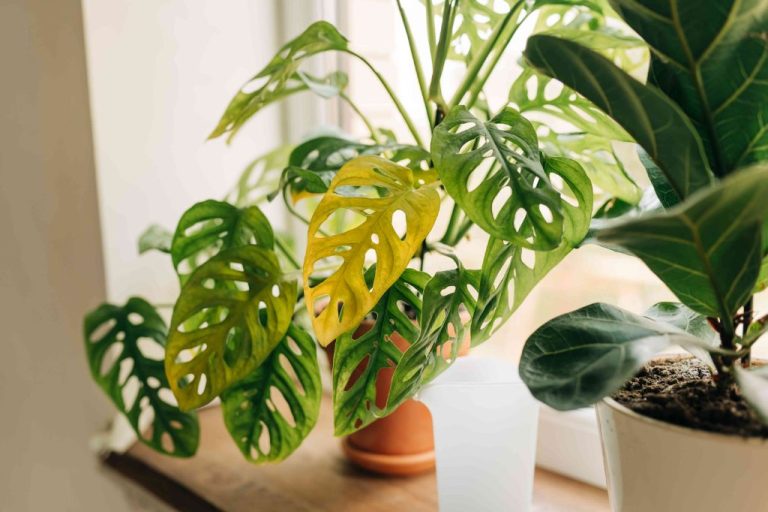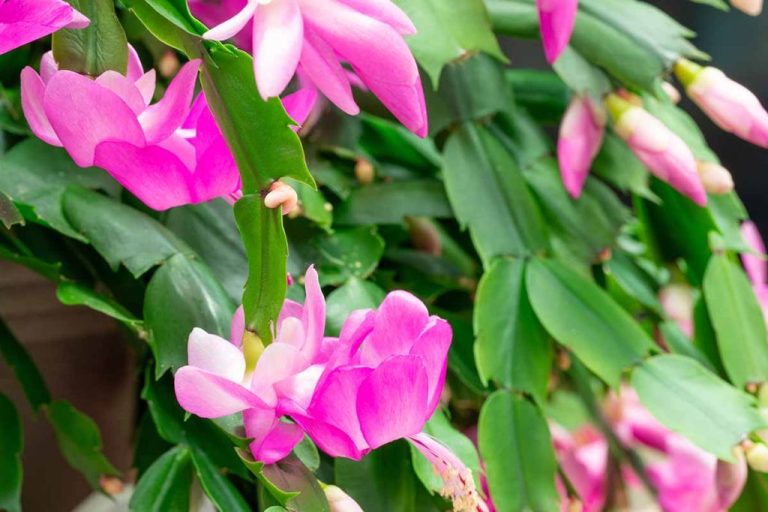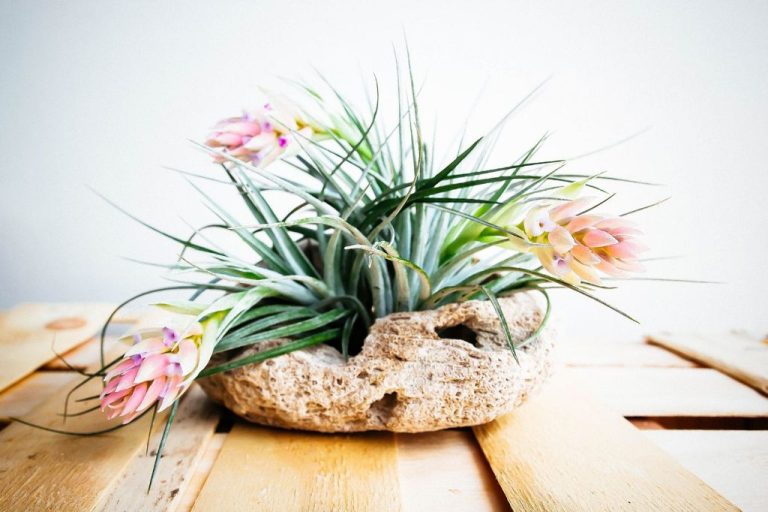Expert Tips For Caring For Snake Plants (Sansevieria)
Snake plants (Sansevieria species) are formally known as Dracaena trifasciata and originated in tropical West Africa (Wikipedia). They are characterized by their upright, sword-shaped leaves that come in different shades of green with light gray-green crossbanding. Snake plants are appreciated for their hardiness, low maintenance, and air purifying abilities.
As houseplants, snake plants thrive in most indoor conditions. They are tolerant of low light and irregular watering, though they prefer bright, indirect light and moderate water. Their stiff, architectural foliage adds interest and vertical shape to spaces. NASA studies also found snake plants effective at removing toxins like benzene, xylene, trichloroethylene, and formaldehyde from indoor air (Kew Gardens). This makes them ideal plants for purifying air in homes and offices.
Overall, snake plants are popular and versatile houseplants that bring eye-catching texture and air cleaning abilities to indoor environments.
Ideal Growing Conditions
Snake plants are versatile houseplants that can thrive in a wide variety of light conditions. According to Leaf Envy (https://www.leafenvy.co.uk/blogs/plant-a-z/snake-plant), snake plants can grow in low light all the way up to bright, direct sunlight. However, they tend to grow best in bright, indirect light. Some varieties like Sansevieria cylindrica prefer slightly more light. Place your snake plant near an east, west, or south facing window where it will get plenty of indirect sunlight. Avoid direct hot sunlight in the afternoon as this can scorch the leaves.
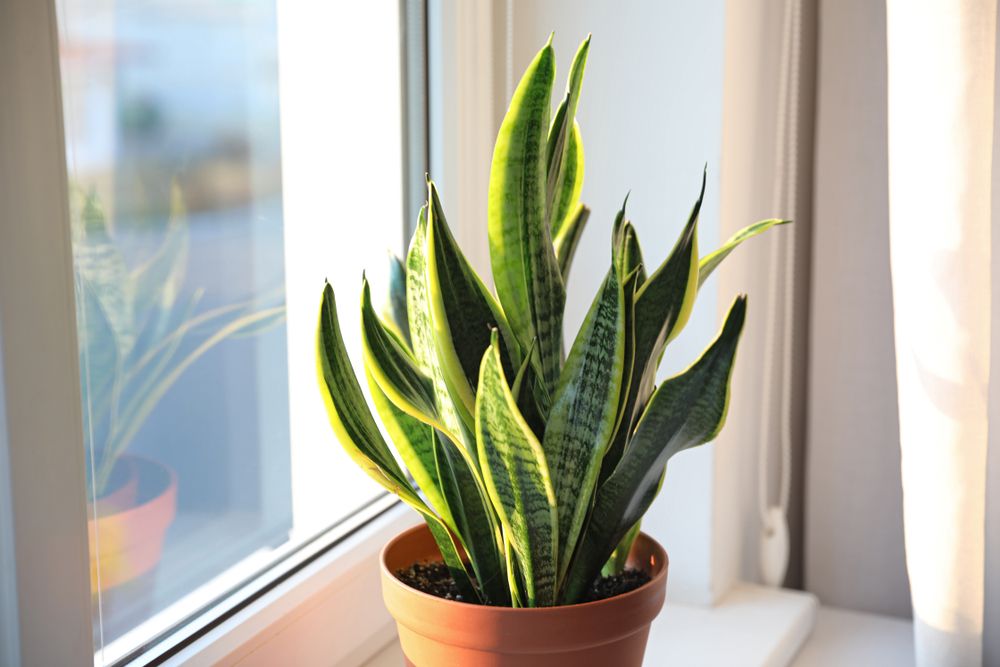
Snake plants prefer average room temperatures between 60-80°F and do not like cold drafts. Maintain indoor humidity around 40-50% for optimal growth. The soil should be allowed to dry out between waterings. According to HGTV (https://www.hgtv.com/outdoors/flowers-and-plants/houseplants/2019/how-often-water-snake-plant), only water when the top few inches of soil are dry. Water thoroughly until it drains from the bottom drainage holes, then allow the excess water to drain away before returning the plant to its cache pot or saucer.
Soil Needs
Using the right soil mix is crucial for growing healthy snake plants. Snake plants prefer a well-draining, porous potting mix as their roots are prone to rot in wet soil (Miracle-Gro, n.d.). The ideal soil pH for snake plants ranges from 5.5-7.5 (Planter Homa, 2023).
A good potting mix for snake plants includes a blend of peat moss, perlite or pumice, and organic compost. Peat moss provides moisture retention and aeration. Perlite/pumice increases drainage and prevents soil compaction. Compost supplies nutrients. A recommended ratio is 2 parts peat moss or coco coir, 2 parts perlite or pumice, and 1 part compost (Planter Homa, 2023).
You can also use a cactus/succulent soil blend. Just ensure the mix contains sand and perlite to provide enough drainage. Avoid regular potting soil as it stays too wet. Always choose a pot with drainage holes and use porous terracotta pots to improve aeration (Miracle-Gro, n.d.).
Fertilizer
Snake plants are adapted to poor, rocky soil and can be sensitive to overfertilization. Use a balanced houseplant fertilizer at half strength during the spring and summer growing season every 2-4 weeks (Pennington). Slow release fertilizers like composted manure provide nutrients over time and are less likely to burn the roots. Completely avoid fertilizing in the fall and winter when snake plants are dormant.
Look for signs of overfertilization like brown leaf tips, stagnant growth, or foul odors. Flush the soil with clean water if you suspect fertilizer burn. In general, less is more when it comes to fertilizing snake plants.
Watering
Snake plants are drought tolerant and prefer their soil to dry out between waterings. During the growing season in spring and summer, snake plants should be watered once the top inch or two of soil has dried out, about every 7-10 days (The Spruce, 2023). In the cooler fall and winter months, they need less frequent watering, about every 2-3 weeks once the soil has dried out.
The key signs your snake plant needs water are drooping or curling leaves, and soil that is dry to the touch. Overwatered snake plants will have soft, mushy leaves that turn yellow or brown. Underwatered plants will have leaves that are wrinkled and curled inward (Leaf Envy, n.d.).
When watering, thoroughly soak the soil until water drains from the drainage holes at the bottom of the pot. Allow any excess water to drain fully before returning the plant to its saucer, as snake plants are sensitive to sitting in soggy soil.
Pruning
Snake plants should be pruned every 2-3 years to maintain their shape and promote healthy growth. Ideally, prune snake plants in spring before the growing season “How to Prune a Snake Plant: Essential Tips and Techniques”. You may also prune any time you notice overgrown, damaged, or dead leaves.
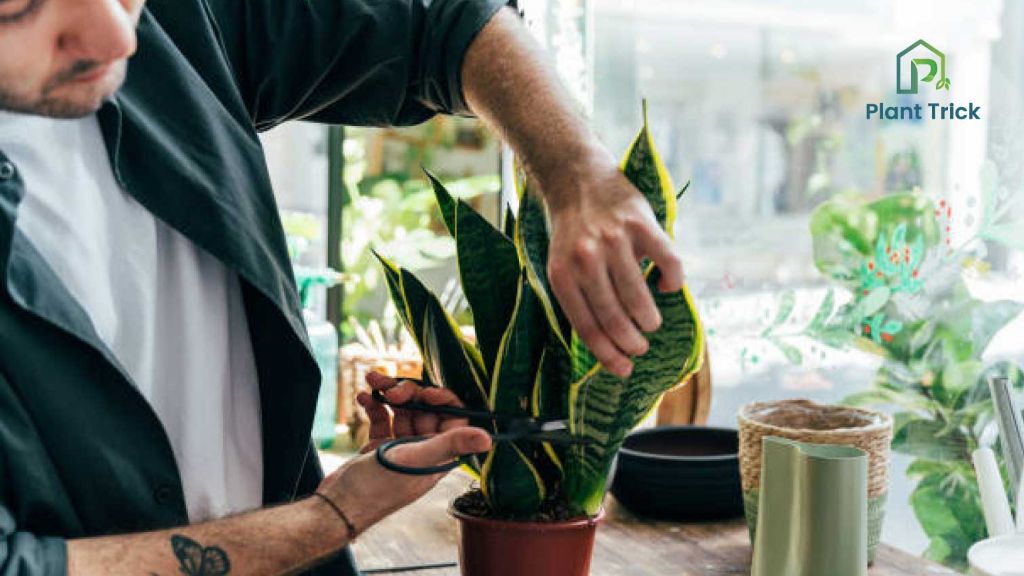
Use clean, sharp pruning shears or scissors for pruning. Cut each leaf back to the soil line or just above a node. Avoid cutting too much of the healthy parts of the leaves. Remove any dead or dying leaves in their entirety. Disinfect your pruning tools with rubbing alcohol before and after use to prevent spreading disease.
Take care not to overprune snake plants, as excessive pruning can stress the plant. You generally only need to prune away damaged leaves and shape the plant every few years. Propagate any healthy cuttings to grow new plants.
Propagation
Snake plants are easy to propagate through division or leaf cuttings. According to RosySoil (source), the most common method is division of the mother plant. To divide a snake plant, first gently remove it from its pot. Use a sharp, sterile knife or shears to separate the root ball into sections, making sure each section has 3-5 leaves and some healthy roots. Allow cuts to callous over for 1-2 days before replanting.
You can also propagate snake plants from leaf cuttings (source). Choose a healthy leaf and cut it off close to the base, making sure there is 1-2 inches of stem attached. Allow the cut to callous before placing in water or moist soil. Change the water regularly. New roots will begin to sprout in 4-6 weeks. Once the cutting has developed a good root system, it can be transplanted into potting mix.
Repotting
Snake plants typically only need repotting every 2-3 years. The best time to repot is in the spring, when the plant starts actively growing again. Repotting in the spring gives the roots time to establish before winter dormancy.
Look for signs your snake plant needs repotting: roots growing out of the drainage holes, the plant becoming top heavy and tipping over, or the potting mix breaking down and no longer draining well. If the roots have filled the pot or become pot bound, it’s time to move to a slightly larger container.
Choose a pot that’s 2-4 inches larger than the current pot. Make sure it has drainage holes. Use a well-draining potting mix, like a cactus/succulent blend. Gently loosen and remove the root ball from the old pot. Tease apart any circled roots. Place into the new pot and fill around with fresh soil. Water thoroughly after repotting. Allow the plant to dry out slightly between waterings while it adjusts to its new pot.
According to The Spruce, it’s a good idea to replace the potting medium at least once every 5 years, even if the plant seems happy. Over time the soil can become depleted of nutrients.
Snake plants are sensitive to having their roots disturbed. To reduce transplant shock, some sources recommend watering sparingly for a few weeks after repotting. Others suggest immediately watering thoroughly to settle the roots into the new soil.
Pest and Disease Control
Snake plants can be affected by common houseplant pests like mealybugs, scale, fungus gnats, spider mites, and aphids. Mealybugs and scale insects are sap-sucking bugs that can infest plants and secrete sticky honeydew. This honeydew can lead to fungal growth like sooty mold on the leaves (Plant Addicts, 2023).
To control pests on snake plants, the first step is to isolate the affected plant and manually wipe or rinse the bugs off the leaves and stems. For heavy infestations, insecticidal soap or neem oil can be sprayed on the plants as an organic treatment. Be sure to coat all leaf surfaces. Repeat applications may be needed. Chemical insecticides can also be applied according to label directions if natural options are not effective.
The main disease that affects snake plants is southern blight, a fungal disease that causes lesions on the stems near the soil and yellow, wilted foliage. Improve airflow and water drainage to prevent this disease. Remove and destroy severely infected plants to prevent spreading. Fungicides can also be used preventatively (Greg, 2023).
FAQ
Below are some of the most frequently asked questions about caring for snake plants:
How often should I water my snake plant?
Snake plants prefer infrequent but deep watering. Only water when the top inch or two of soil is dry. During the growing season in spring and summer, this may be every 2-4 weeks. In fall and winter, you may only need to water every 6-8 weeks as growth slows down.

What type of light do snake plants need?
Snake plants do best in bright, indirect light. Some morning or late afternoon sun is fine, but avoid prolonged midday sun as it can scorch the leaves. If you don’t have a bright spot, consider supplementing with a grow light.
Should I fertilize my snake plant?
Fertilizing a couple times per year during the growing season can help snake plants thrive. Use a balanced houseplant fertilizer, following label directions. Never fertilize a stressed or struggling plant.
How do I propagate new snake plants?
The easiest way is by division. Carefully remove pups or offsets from the main plant, making sure each division has some roots. Pot into well-draining soil and keep moist until established. You can also take leaf cuttings or stem cuttings.
Why are the tips of my snake plant turning brown?
Overwatering is the most common cause of brown tips. Allow the soil to dry out more between waterings. Low humidity, dry air, or improper watering technique can also cause browning tips.
Should I mist my snake plant?
Misting doesn’t do much for snake plants. They prefer dry air. Only mist if humidity drops below 30%. Focus on proper watering and well-draining soil rather than humidity.

